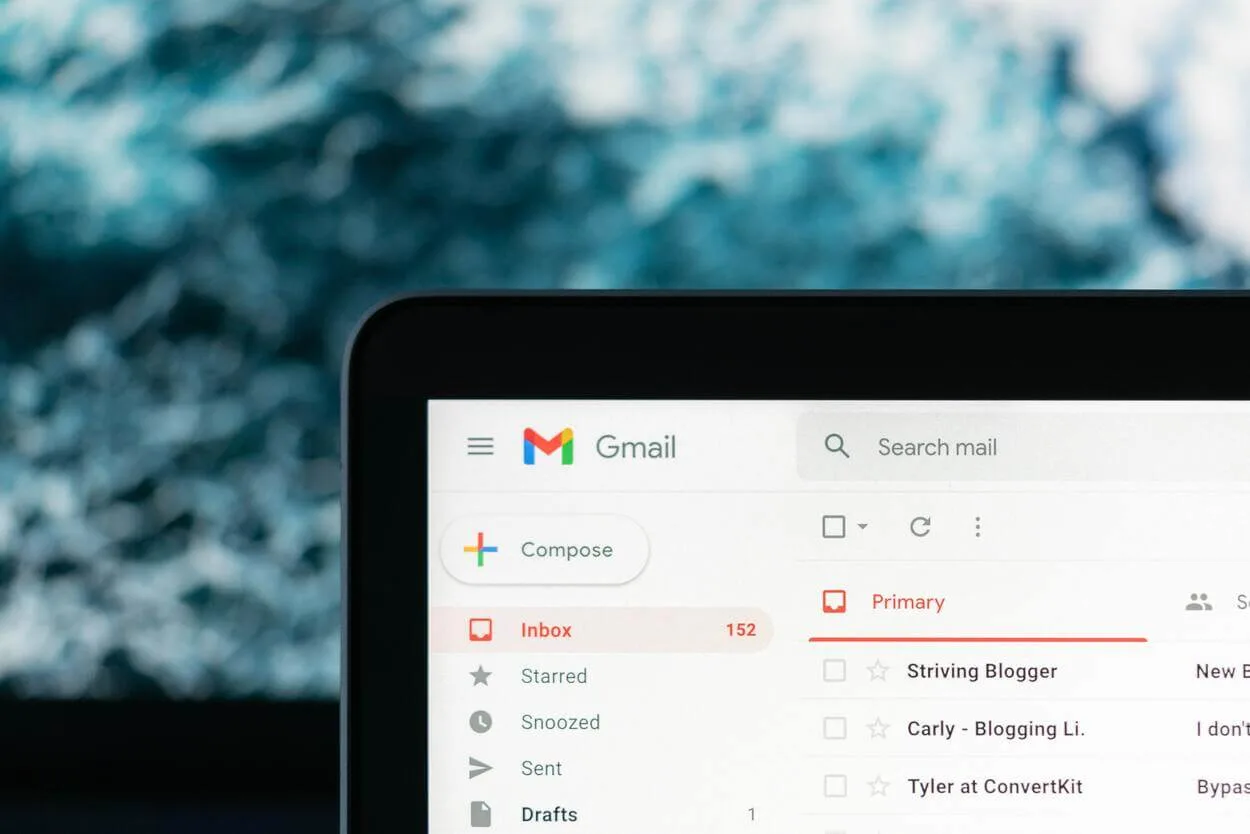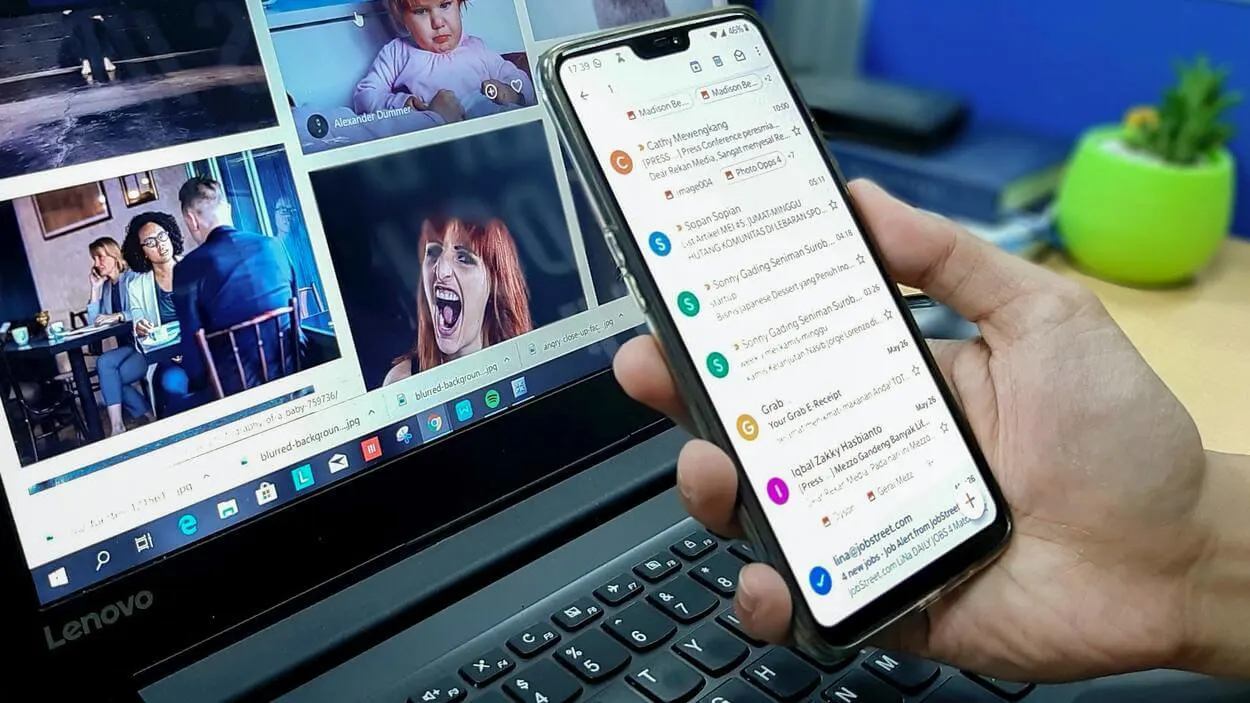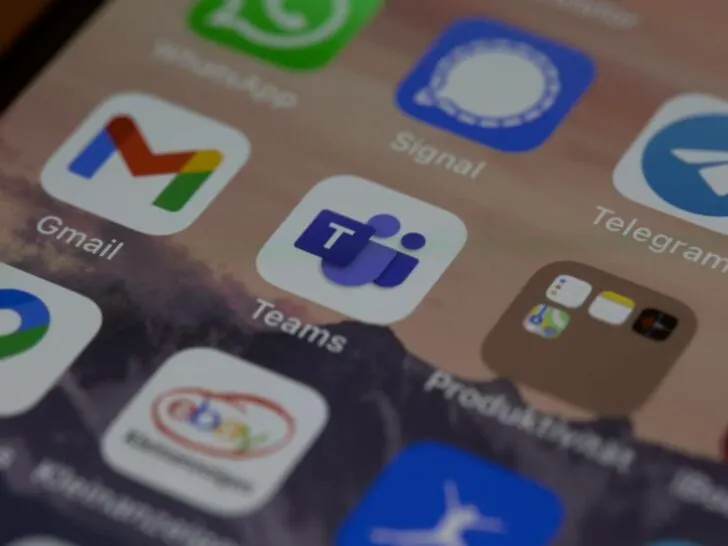Gmail is the famous email service provider by Google to send and receive email messages, block spam, and create an address book like any other email service.
To sign in to Gmail, you only have to register yourself on a Google account.
Gmail is a little different than email as it offers you some unique features such as:
Conversation view: If you email the same person or group back and forth, Gmail groups these emails all together, which you can see side by side, and it keeps your inbox organized.
Spam filtering: Spam is the name given to junk emails and Gmail has another box for spam emails so that your inbox could be junk-free.
Call phone: Gmail allows you to make a free phone call anywhere in the world be it Canada, Australia, and any other country.
Built-in chat messages: Gmail also has a feature of doing voice chat or video chat if your laptop has a webcam or microphone instead of typing an email.
So, these were the features of Gmail. Now, let’s dive into the important part of an email, which is the recipient.
When you open Gmail to compose an email, you see three destination addresses which are:
- To
- Cc
- Bcc
“To” is reserved for the main recipient for which the email is intended. Cc means a carbon copy of the email and Bcc means blind carbon copy.
Check out the following video to learn about the difference between To, Cc, and Bcc.
People often get confused between these terms as they don’t know much about recipient addresses.
I’ll make sure to make you understand these terms clearly so that next time, you wouldn’t find it hard to decide which recipient to send an email to.
Let’s start.
Are To and Cc in Gmail The Same Thing?
No, To and Cc aren’t the same thing in Gmail because ‘To’ means the person you are sending an email to and expect quick action and reply from that person, while the person in the Cc field is not expected to reply or take action.
Both To and Cc are used to address the person mentioned in the email.
For example:
If you are submitting the final assignment to your teacher, you will put your teacher in the ‘To’ field and in ‘Cc’ You can put your teacher’s head just to add to his information.
Cc is more like just for your information field as they just receive a copy of your email.
Both To and Cc can see who is included in the email.
When to Use Cc?
Cc is used when you want to send a copy of your email to the person of your choice.
Cc means a carbon copy of the email.
The Cc recipient should be different from the ‘To’ recipient as Cc means just to keep the person in a loop or just to witness the received information.
The person in Cc is not obliged to reply to your email nor to take any action about it.

Cc can be used in the following cases.
- Cc is used to introduce people to each other by putting the other person in Cc so both would have each other’s email addresses and can further communicate in the future.
- Cc can also be utilized when someone is sick, and you are doing his work. You can put that person in Cc to let him know that his work is being done.
- Cc is also used in an emergency. When you want to have some data from the client, you keep the head of the company in Cc to make the recipient realize the urgency of an email.
When Do I Use ‘Send to’?
‘Send to’ is used for the primary person for whom the email is composed.
It is used for the main person of the email from whom you expect a reply or response.
‘Send to’ can be used to send multiple recipients as long as they are related to your email.
For example, If you are writing an email to a client to ask about the status of work, you will put the client’s email in the ‘to’ field to let them know you are expecting a reply from them.
Another important thing is that there is no limit on the number of recipients you add in the ‘to’ field. You can add 20 or more recipients in this field for whom the email is intended.
When Do You Use Bcc?
Bcc (Blind Carbon Copy) is used when you want to add an additional recipient to the email without letting the receiver that who else is getting an email.
Here are the following uses of Bcc.
- BCC is used when you write an email to recipients who don’t know each other. Suppose you are launching a campaign through email. Then, you wouldn’t want to expose your target audience’s email addresses.
- Similarly, if you are sending a newsletter to the company’s subscribers, BCC is used to avoid invading the privacy of subscribers.
- BCC is also used for sending impersonal emails.
- It’s suitable to use BCC when your mailing lists are strangers to each other.
- Bcc can also be used to expose some problematic behavior.
What’s The Difference between Cc And Bcc?
The main difference between Cc and Bcc is that Cc addresses are visible to the receivers while Bcc addresses are not visible to the receivers.
Another difference is that Cc recipients can receive additional information from all the emails, whereas Bcc recipients don’t receive any additional information from emails unless they are forwarded to them.
Both Cc and Bcc receive copies of an email.
Here’s a quick comparison chart
| Cc | Bcc |
| The receiver can see Cc | The receiver cannot see Bcc |
| Cc can see the email’s reply | Bcc cannot see the email’s reply |
| Cc can receive additional information | BCC cannot receive additional information |
Conclusion

- ‘To’ addresses the primary recipient, expecting a response or action.
- ‘To’ can accommodate multiple recipients related to the email.
- ‘Cc’ sends a copy to another recipient, primarily for information, without expecting a reply.
- ‘Cc’ serves as a loop for recipients to witness received information.
- ‘Bcc’ sends an additional copy discreetly, not visible to the main receiver.
- ‘Bcc’ is ideal for sending emails to unknown recipients or maintaining privacy.
- ‘Cc’ recipients can see email replies. In contrast, ‘Bcc’ recipients cannot.
- Key differences: ‘To’ expects replies, ‘Cc’ is for information, and ‘Bcc’ maintains discretion.
To read more, check out my article Ymail.com vs. Yahoo.com (What’s the difference?).

